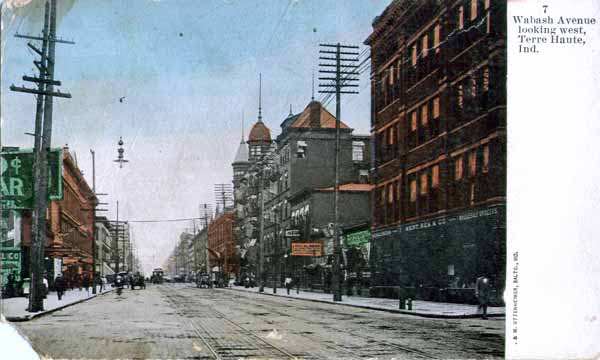 |
| Terre Haute, Indiana --Wabash Avenue looking west |
Location: 425 Main Street, Terre Haute, Indiana, USA
Opened: November 1889
Closed: ???
We haven't posted on an old-fashioned ladies restaurant in a while, and I miss 'em. So climb into your time machine, ladies, as we're taking our luncheon at Sage's today. Don't forget your hat and gloves!
From the Brazil [Indiana] Register, November 28, 1889:
A Beautiful Dining Hall.
The new ladies' restaurant at Sage's was opened to the public Saturday, as the Gazette of Friday said it would be. The room was greatly admired and was visited by a large number [illegible word] the evening. The stairway is very handsomely carpeted and there is an air of elegance about the whole establishment. The menu and the table and waiting service are all excellent. This restaurant is not designed for men; in fact, no men unaccompanied by ladies will be admitted up stairs. It is distinctively a ladies' restaurant added to Sage's down stairs restaurant and lunch counter for men, in response to repeated requests from ladies, chiefly those who visit Terre Haute from the surrounding towns. There are also many ladies in the city who will find it convenient. It will be a popular resort, also, for after theatre parties of gentlemen accompanied by ladies. 425 Main St.
--Terre Haute Gazette
A few common themes here. The ladies restaurant was an afterthought as the gentleman-only space already existed. It was located on the second floor, which is typically considered inferior space from a real estate point of view. Nevertheless, this was a very common location for a ladies restaurant. Men are not excluded per se, but a lady presumably must accompany them. (In practice, however, this "rule" seems to have been violated frequently, based on the complaints of lady diners elsewhere.) And notice that the ladies (apparently) did not demand that the down stairs restaurant and lunch counter for men be integrated. They wanted their own space away from the drunks and the boors.
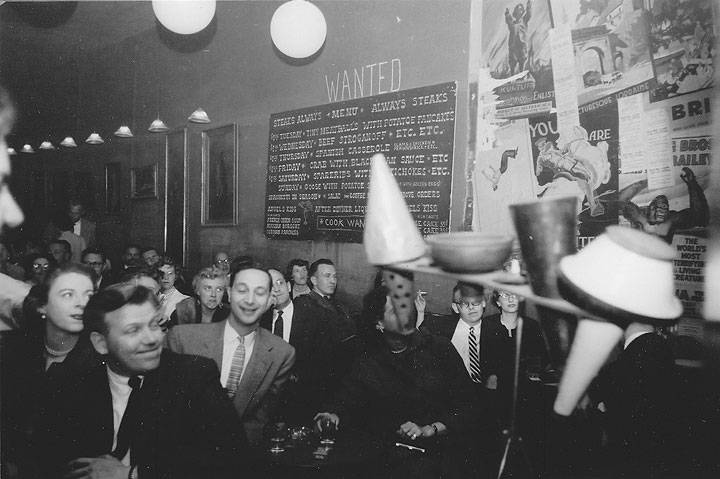




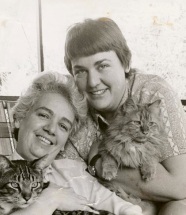
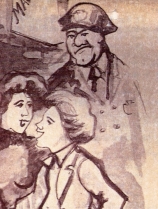
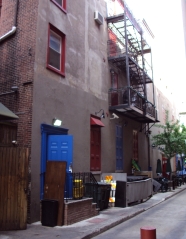




.jpg)

.jpg)